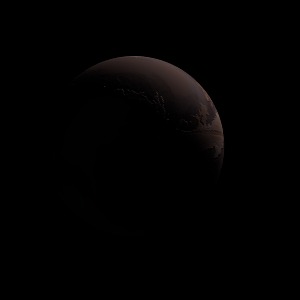|
|
Space Astro
|
Info for exoplanet "Mazua Nko"
| Scientific (actual) data |
|---|
| Name | K2-133 c |
| Planet status | Confirmed |
| Planet mass | 0.01 |
| Radius | 0.143 |
| Orbital period | 4.86784 |
| Semi major axis | 0.04341 |
| Inclination | 88.21 |
| Discovered | 2017 |
| Updated | 2021-02-05 |
| Tconj | 2457820 |
| Tzero tr | 2457820 |
| Impact parameter | 0.64 |
| Publication | Published in a refereed paper |
| Detection type | Primary Transit |
| Mass measurement type | Theoretical |
| Radius measurement type | Primary Transit |
| Alternate names | K2-133 c, 2MASS J04403562+2500361 c, EPIC 247887989 c, LP 358-499 c, WISE J044035.78+250035.5 c |
| Star name | K2-133 |
| Right ascension | 70.15° |
| Declination | 25.01° |
| Mag j | 11.084 |
| Mag h | 10.487 |
| Star distance | 75.2 |
| Star mass | 0.46 |
| Star radius | 0.46 |
| Star sp type | M1.5 V |
| Star temperature | 3655 |
| Star alternate names | K2-133, 2MASS J04403562+2500361, EPIC 247887989, LP 358-499, WISE J044035.78+250035.5 |
| Wikipedia article | K2-133 c |
Back
| |
| Fictional info (?) |
|---|
| Suggested name | Mazua Nko |
| Planet type | Hot planet |
| Having almost no atmosphere to retain heat, it has surface temperatures that vary diurnally more than on any other planet in its solar system, ranging from 145°K (-128°C) at night to 560°K (287°C) during the day across the equatorial regions. |
| Atmosphere | Nitrogen | 58% |
| Carbon monoxide | 23% |
| 2H2O | 15% |
| Krypton | 3.3% |
| Molecular hydrogen | 0.084% |
| Water vapor | 0.00048% |
| Atmospheric pressure | 0.001 bar |
 |
| No known satellites |
| Google search for Mazua nko |
|
Website by Joachim Michaelis
|
|
|
|